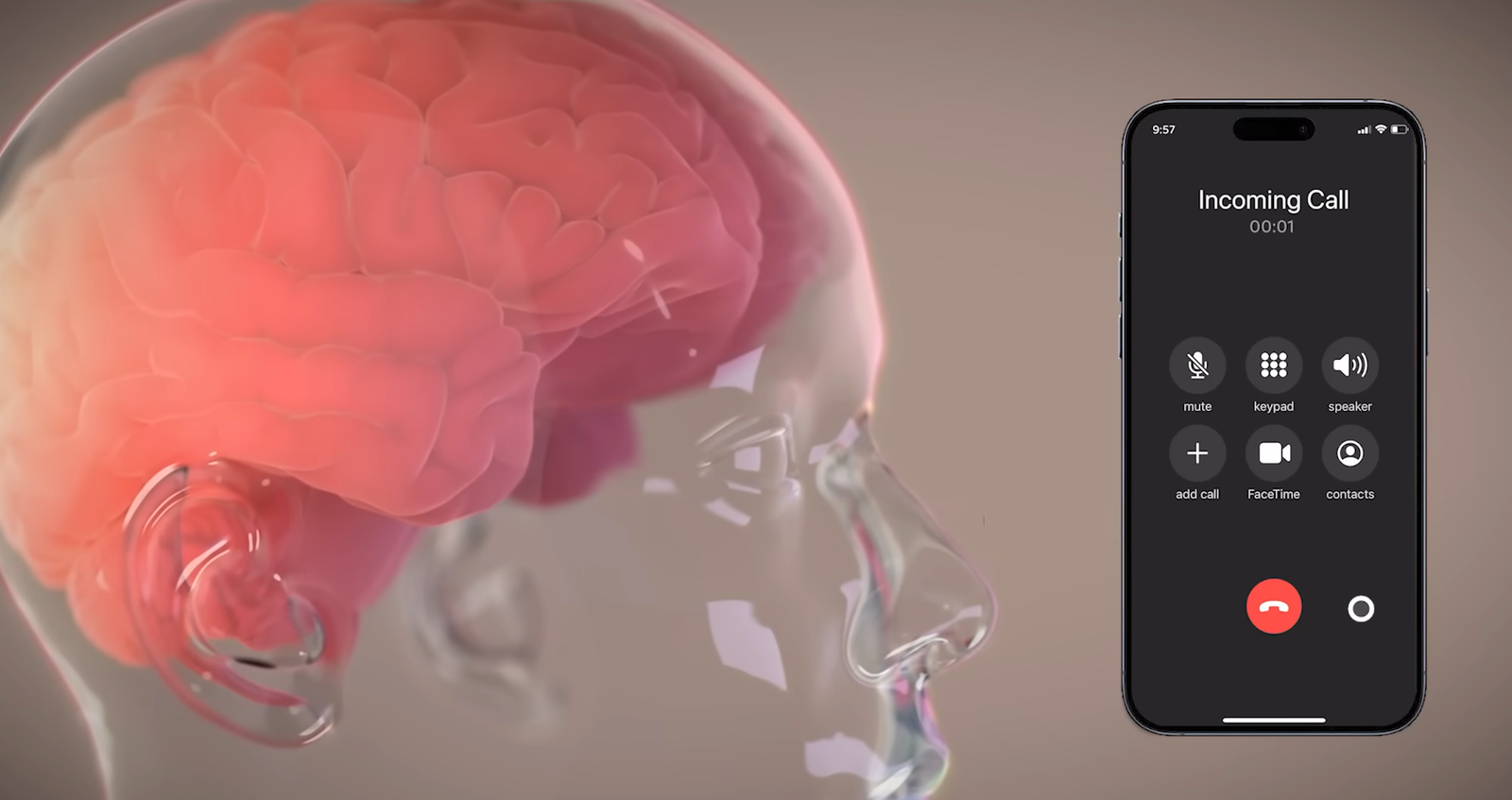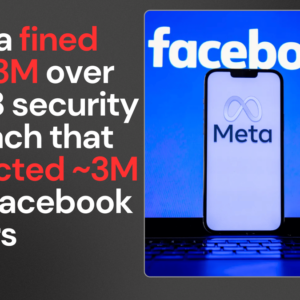Neuralink, a company founded by Elon Musk, is making exciting advancements in technology that could change lives forever. They are working on a special device called a Neuralink brain implant, which can help people with paralysis control devices just by thinking! Recently, Neuralink announced they will start a new trial that connects this brain implant to a robotic arm. This blog post will explore what this means for patients and how it could help them regain independence.
What is Neuralink?
Neuralink is a neurotechnology company that aims to create brain-computer interfaces (BCIs). These devices can read brain signals and translate them into commands for computers or other devices. This means that if someone thinks about moving their hand, the implant can send signals to a robotic arm to make it move! Imagine being able to play video games or even control a robot just by using your thoughts!
Why is This Important?
This technology is particularly important for people who have lost movement due to injuries like spinal cord damage. With the Neuralink brain implant, they might regain some control over their lives. This could be revolutionary for those who have been unable to perform daily tasks independently.
Can Neuralink Cure Paralysis?
While Neuralink’s technology is promising, it is not a cure for paralysis yet. However, it aims to help people with paralysis regain some control over their environment. The goal is for individuals with quadriplegia who cannot move their arms or legs—to use their thoughts to operate devices like computers and robotic arms. The ongoing trials are focused on understanding how effective the implants can be in helping these patients.

Does Neuralink Require Surgery?
Yes, getting a Neuralink brain implant involves surgery. The procedure is performed using a special surgical robot designed by Neuralink. This robot carefully places tiny threads into the brain that connect to the implant. These threads are thinner than a human hair! Although surgery sounds scary, the goal is to make the process as safe and effective as possible.
What Happened to the First Neuralink Patient?
The first patient to receive a Neuralink brain implant was Noland Arbaugh, a 29-year-old man who became quadriplegic due to an accident. After his surgery in January 2024, he was able to control a computer using only his thoughts! He played video games, browsed the internet, and even posted on social media—all without moving his hands! However, there were some challenges after the surgery when part of the implant malfunctioned. Despite this, Noland continues to use the device daily and describes it as life-changing.
What Problems Does Neuralink Solve?
Neuralink aims to solve several problems faced by individuals with disabilities:
- Restoring Independence: By allowing users to control devices with their thoughts.
- Improving Quality of Life: Helping patients engage in activities they enjoy, like gaming or using social media.
- Bridging Communication Gaps: Enabling those who cannot speak or move easily to communicate more effectively.
Who is Eligible for the Neuralink Implant?
Currently, Neuralink is looking for participants in their clinical trials. They are focusing on individuals with quadriplegia or severe mobility limitations due to conditions like spinal cord injuries or amyotrophic lateral sclerosis (ALS). People interested in participating can sign up through Neuralink’s patient registry on their official website.
The New Feasibility Trial: CONVOY
Neuralink has recently announced a new trial called CONVOY. This trial will test whether patients can use their Neuralink brain implants to control an assistive robotic arm. The goal of this study is not only about digital freedom but also about physical freedom—giving people back some control over their bodies.
How Will This Work?
The CONVOY trial will involve participants from an earlier study called PRIME. In PRIME, patients learned how to use their implants effectively. Now, with CONVOY, they will see if they can use these implants to move robotic arms just by thinking about it! This could lead to amazing advancements in how we think about prosthetics and assistive devices.
What’s Next for Neuralink?
With these exciting developments, many people are eager to see what comes next for Neuralink. Elon Musk has big dreams for this technology, hoping that one day it could allow people with disabilities to regain full mobility and independence through advanced robotic limbs.
Conclusion
Neuralink’s journey is just beginning, but its potential impact on society could be monumental. As they continue their trials and gather more data, we may witness groundbreaking changes in how we treat paralysis and assistive technology.
Stay updated with Neuralink’s journey—read more on our blog!
For more information about Neuralink and its innovative projects, check out their official website or follow trusted news sources covering these exciting developments!












